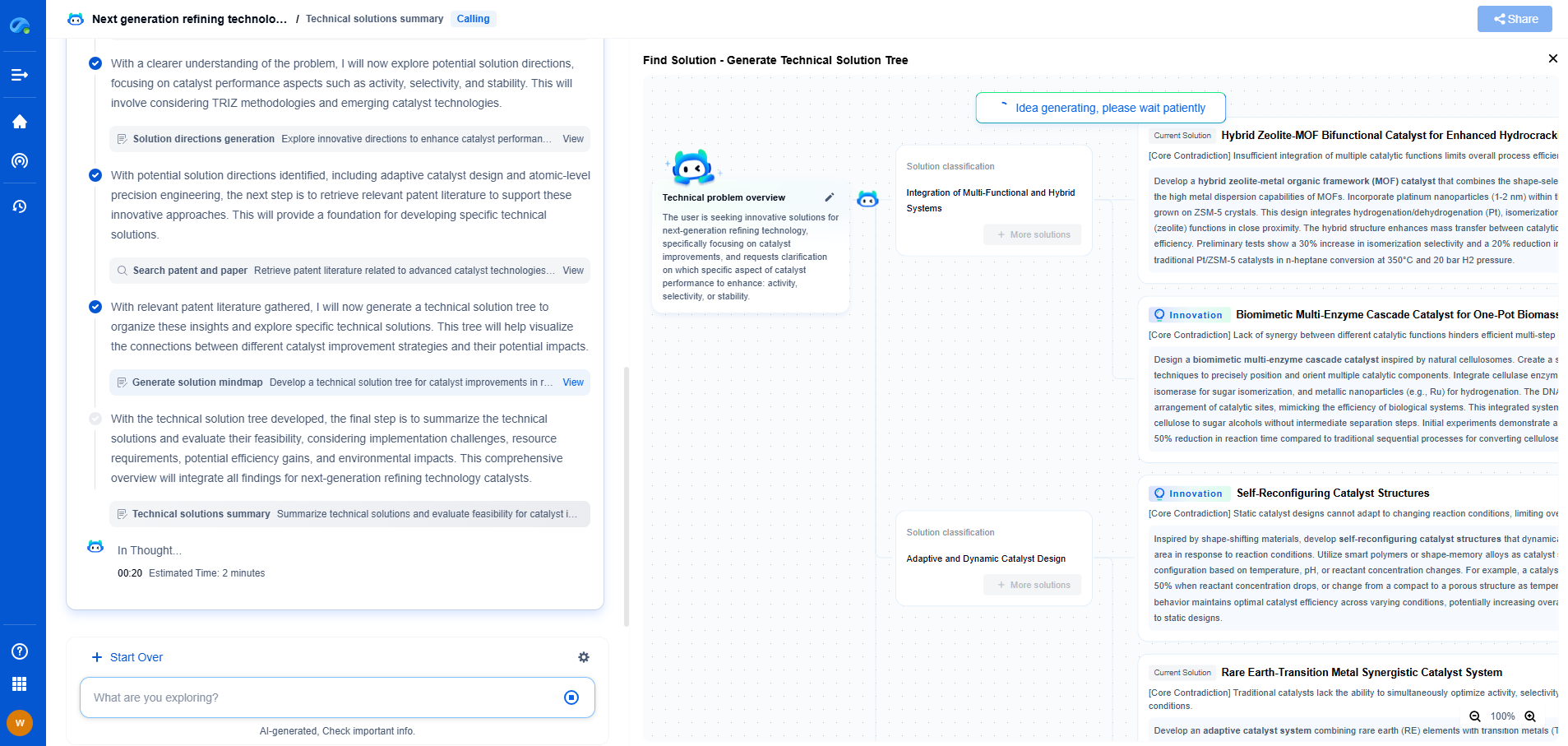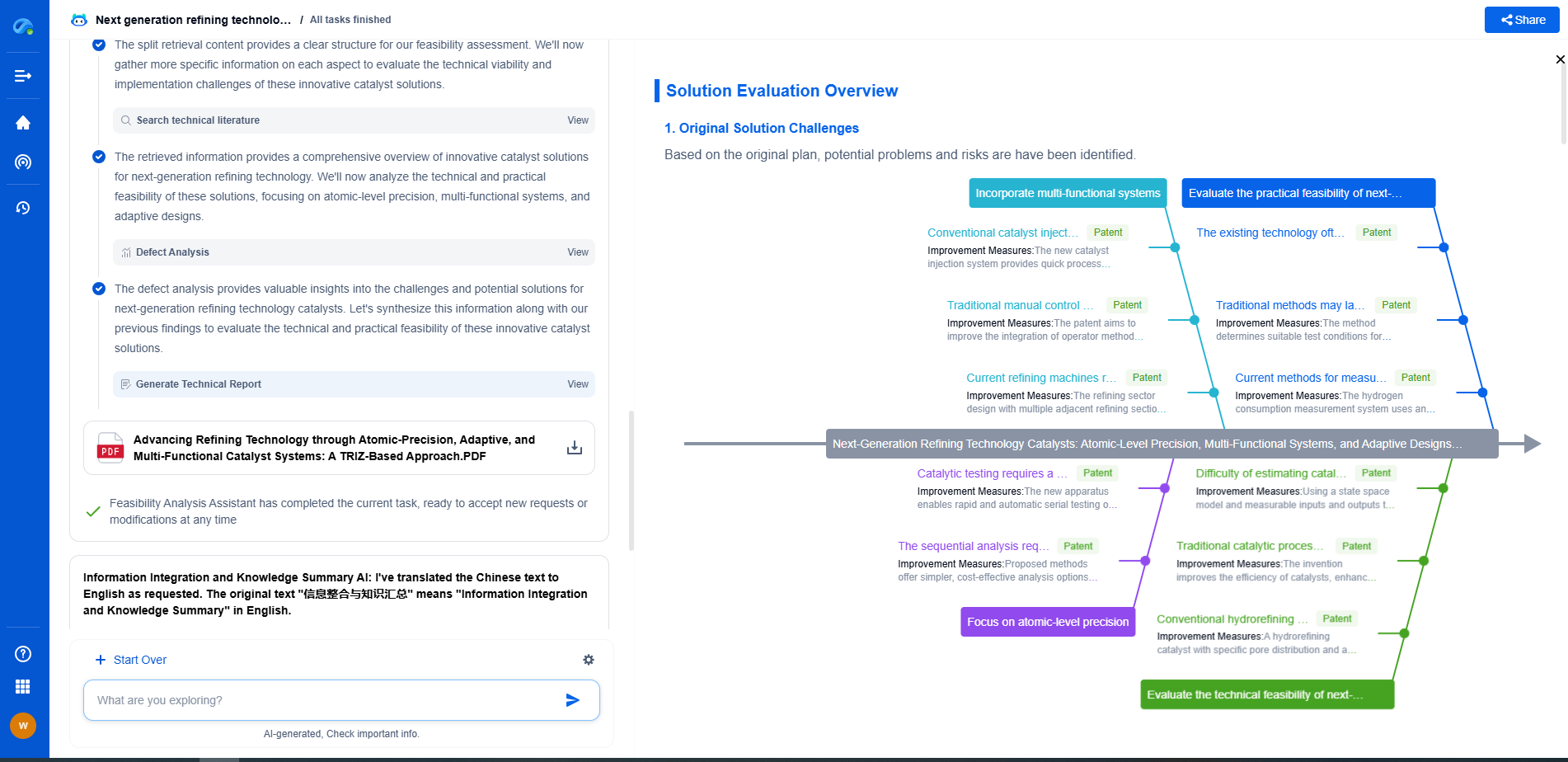What Does IEC 61010-1 Cover? Safety Requirements for Acoustic Measurement Equipment
JUL 16, 2025 |
IEC 61010-1 is a crucial international standard that outlines safety requirements for electrical equipment used in measurement, control, and laboratory settings. While it covers a broad range of equipment, this article focuses on its implications for acoustic measurement devices. Understanding the safety requirements set forth by IEC 61010-1 is essential for manufacturers, testers, and users of such equipment to ensure both compliance and safety.
Scope of IEC 61010-1
IEC 61010-1 is applicable to equipment that operates with low voltage (up to 1000 V AC or 1500 V DC) and is used for professional, industrial, and educational purposes. Acoustic measurement equipment, which may include sound level meters, microphones, and analyzers, falls under this category. The standard's primary aim is to protect users from electrical shock, mechanical hazards, fire, and associated dangers when operating these devices.
Electrical Safety Requirements
A key component of IEC 61010-1 is ensuring electrical safety. Acoustic measurement equipment must be designed to prevent electric shock, both during normal operation and in the event of a fault. This involves incorporating double insulation, proper grounding, and protective barriers. Additionally, devices should undergo rigorous testing to handle overvoltage and transient conditions without compromising safety.
Mechanical Safety Considerations
IEC 61010-1 also addresses mechanical hazards that can arise from acoustic measurement equipment. This includes ensuring that the devices are structurally sound and capable of withstanding mechanical stresses and impacts during regular use. Components must be securely fastened, and any moving parts should be shielded to prevent injury. Manufacturers should also consider the ergonomic design to minimize strain or injury to users during operation.
Thermal Safety and Fire Prevention
Thermal safety is another critical aspect covered by IEC 61010-1. Acoustic measurement devices should be assessed for heat generation and dissipation to prevent burns and overheating. The materials used in construction should be flame retardant, and the equipment should be designed to minimize fire risks. Proper ventilation and temperature controls are essential to ensure safe operation under various environmental conditions.
Protection Against Radiation Hazards
While acoustic measurement equipment primarily deals with sound waves, it's essential to consider any potential radiation hazards. IEC 61010-1 includes guidelines for protecting users from non-ionizing radiation, which may be emitted by electronic components. Equipment should be designed to minimize exposure and incorporate shielding where necessary to prevent harmful effects.
User Instructions and Safety Labels
Compliance with IEC 61010-1 extends beyond the design and construction of acoustic measurement equipment. Clear and comprehensive user instructions are vital for ensuring safety. Manuals should include detailed information on installation, operation, maintenance, and potential hazards. Safety labels should be prominently displayed on the equipment to warn users of specific risks and guide them in safe usage practices.
Testing and Certification
To ensure compliance with IEC 61010-1, acoustic measurement equipment must undergo rigorous testing and certification processes. Independent testing bodies evaluate the devices against the standard's requirements, assessing their safety and reliability. Certification not only confirms compliance but also enhances marketability, as it assures users of the equipment's safety and quality.
Conclusion
IEC 61010-1 is a comprehensive standard that plays a crucial role in ensuring the safety of acoustic measurement equipment. By addressing electrical, mechanical, thermal, and radiation hazards, it sets a benchmark for manufacturers and users alike. Adhering to this standard not only enhances user safety but also contributes to the reliable and effective operation of acoustic measurement devices. Whether you are involved in the design, manufacturing, or use of such equipment, understanding and implementing the safety requirements of IEC 61010-1 is indispensable for compliance and protection.
In the world of vibration damping, structural health monitoring, and acoustic noise suppression, staying ahead requires more than intuition—it demands constant awareness of material innovations, sensor architectures, and IP trends across mechanical, automotive, aerospace, and building acoustics.
Patsnap Eureka, our intelligent AI assistant built for R&D professionals in high-tech sectors, empowers you with real-time expert-level analysis, technology roadmap exploration, and strategic mapping of core patents—all within a seamless, user-friendly interface.
⚙️ Bring Eureka into your vibration intelligence workflow—and reduce guesswork in your R&D pipeline. Start your free experience today.
- R&D
- Intellectual Property
- Life Sciences
- Materials
- Tech Scout
- Unparalleled Data Quality
- Higher Quality Content
- 60% Fewer Hallucinations
Browse by: Latest US Patents, China's latest patents, Technical Efficacy Thesaurus, Application Domain, Technology Topic, Popular Technical Reports.
© 2025 PatSnap. All rights reserved.Legal|Privacy policy|Modern Slavery Act Transparency Statement|Sitemap|About US| Contact US: help@patsnap.com

